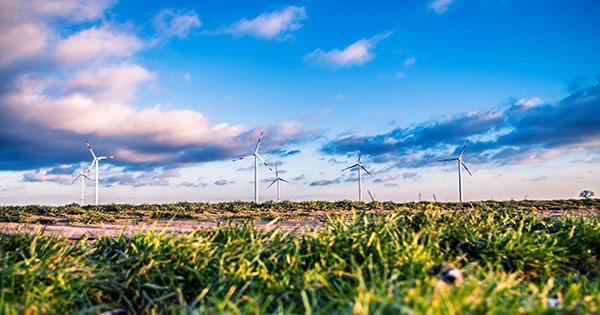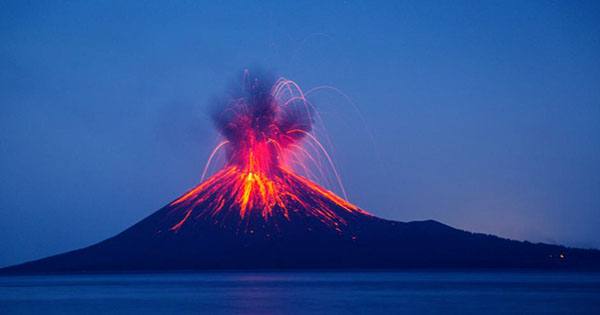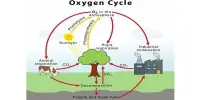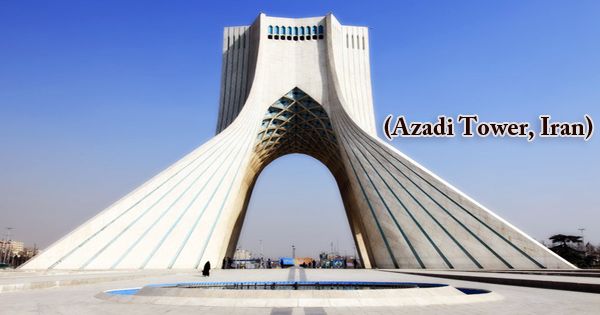With the COP26 climate change talks in full swing, you will undoubtedly hear a lot of talk about countries being “carbon neutral” or attaining “net zero emissions” by a specific year. Here is a brief rundown of what those phrases imply in plain English – and why you should probably take them with a grain of salt. The notion of net-zero emissions has become a popular climate goal. To stay under 1.5 degrees Celsius (2.7 degrees Fahrenheit) of pre-industrial levels – the key goal of the Paris Climate Agreement – global greenhouse gas emissions must be decreased as soon as possible and achieve net zero by the middle of the twenty-first century.
In response to this suggestion, a number of high-emitting countries have pledged to achieve net-zero emissions by 2050: China has set a goal of carbon neutrality by 2060, while India has set a goal of 2070.
We will no longer be adding to the total amount of greenhouse gases in the atmosphere if the globe achieves net-zero emissions. Net-zero, on the other hand, does not imply zero emissions, but rather balancing leftover emissions with other activities. In other words, a nation with a net-zero promise will endeavor to balance its emissions by “offsetting,” or removing greenhouse gases from the atmosphere — they will pump out X amount of emissions, so X amount of emissions will be removed from the environment or will not enter the sky at all.
This can be accomplished through reducing greenhouse gas emissions, for as by converting to renewable energy sources. Additionally, efforts can be undertaken to minimize or avoid the release of emissions elsewhere, for as by widespread tree planting or changes in land management, to make matters even more confusing, when it comes to net zero, there is no clear definition of which gases should be included. China’s offer, for example, only covers carbon dioxide, the most significant and plentiful greenhouse gas, but the European Union’s pledge covers all greenhouse gases, including carbon dioxide, methane, and nitrous oxide. Unless otherwise indicated, net-zero often refers to carbon emissions.
According to the current scientific agreement, the world has to cut emissions in half by 2030 and reach net zero by 2050. Now, not enough is done to fulfill these objectives. The UN Environment Programme (UNEP) issued its annual Emissions Gap Report 2021 in the final week of October 2021, revealing that existing promises for 2030 would still result in a 2.7°C (4.8°F) rise in global temperatures by the end of the century. There is also a lack of concrete activity in the direction of net zero by 2050. Net zero promises, according to some NGOs and scientists, just allow large polluters to postpone decreasing their own emissions and avoid divesting from fossil fuels. “Companies and governments are hiding behind the smokescreen of NetZero to conduct polluting business-as-usual activities,” according to Oxfam.
This is significant because carbon emissions do not vanish at the end of the year; rather, they stay and build for decades. Carbon emissions will stay in the atmosphere for 300 to 1,000 years once they are released. As a result, there is no time to squander. In August 2021, Sir David King, Chair of the Climate Crisis Advisory Group, stated, “Achieving net-zero by 2050 is no longer adequate to assure a safe future for mankind; we must revise global objectives beyond net-zero, and commit to net negative policies quickly.”
“It’s obvious than ever that there’s no more carbon budget, and there’s no room for error; this is our ‘now or never moment.” When governments and policymakers gather in November for COP26, the world will be watching, and they must put humanity’s future first.”
















